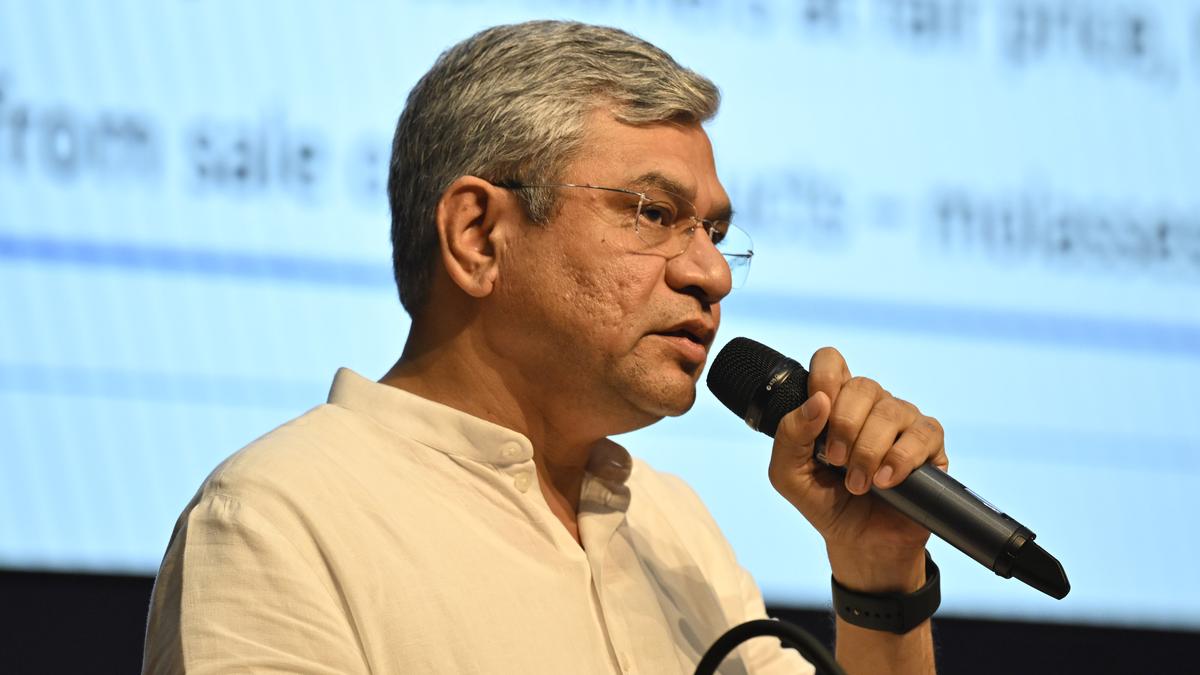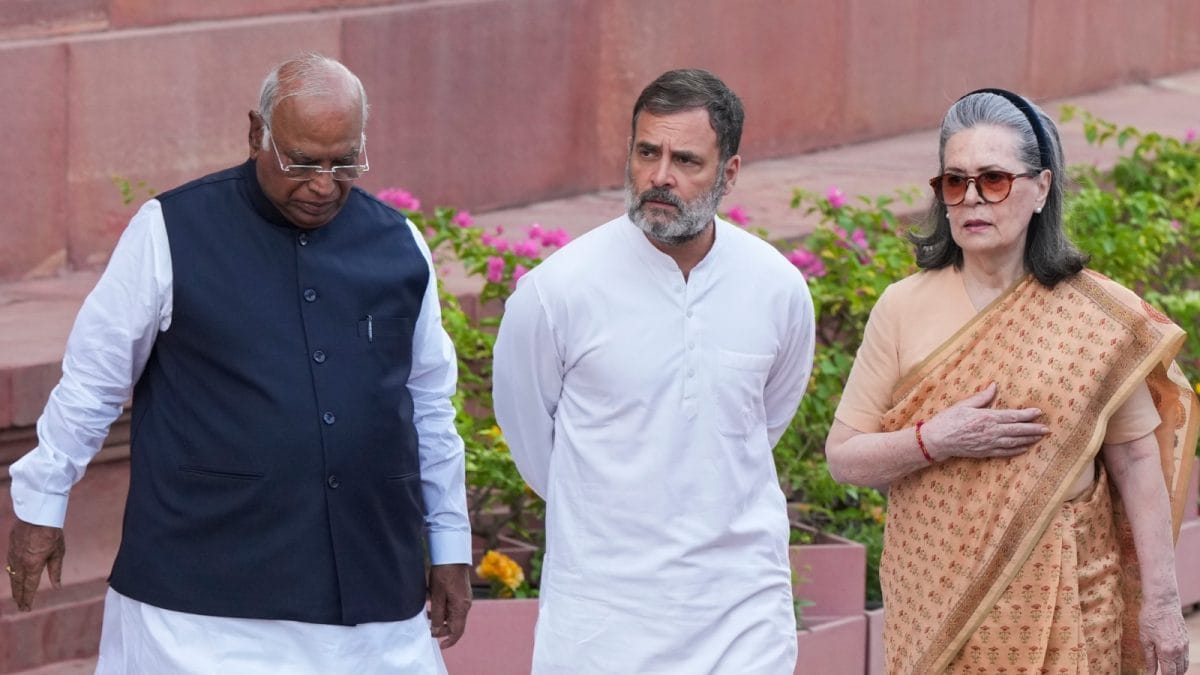Bhubaneswar: Recent Archaeological Survey of India findings near Barabati Fort in Cuttack have revealed evidence that the city, often referred to as the Millennium City, has a history beyond 1,000 years.
ASI excavation along the river Mahanadi has provided substantial evidence of human settlement dating back to 6th to 9th centuries. Artefacts, such as pottery shards and stone tools, found at the site suggest Odisha had ancient trade connections with China, Vietnam and Arab countries, according to archaeologists.
“The Chinese pottery that we found at the site belongs to Tang dynasty that existed between 6th and 9th centuries.There are many ceramic and porcelain pieces, which belong to Vietnam, Burma and Arab countries, apart from China,” said Dibishada B Garnayak, ASI’s superintending archaeologist, Puri circle.
Sources said the Barabati Fort was built in 12th-13th century by kings of the Ganga Dynasty that ruled Odisha for over five centuries. “Earlier findings from the site established Odisha’s connection with south Asian countries, while folklore and legends suggest Odisha had strong maritime links with countries like Bali and Sumatra. The latest findings, however, indicate a strong trade link of Odisha with China and Arab countries,” Garnayak said.
“The excavation was started four months back and we have dug up to 4.5 metres from the ground and are likely to reach the natural soil within a day or two,” Garnayak added.
Former superintendent of ASI, Odisha circle, Jiban Patnaik said the implications of these findings were vast. “They not only challenge previous assumptions about the age of Cuttack, but also contribute to a deeper understanding of historical timeline of Odisha and its role in ancient global trade networks,” Patnaik said.
ASI sources said the evidence will be sent for further examination and carbon dating to ascertain the exact period to which these belonged to.
ASI excavation along the river Mahanadi has provided substantial evidence of human settlement dating back to 6th to 9th centuries. Artefacts, such as pottery shards and stone tools, found at the site suggest Odisha had ancient trade connections with China, Vietnam and Arab countries, according to archaeologists.
“The Chinese pottery that we found at the site belongs to Tang dynasty that existed between 6th and 9th centuries.There are many ceramic and porcelain pieces, which belong to Vietnam, Burma and Arab countries, apart from China,” said Dibishada B Garnayak, ASI’s superintending archaeologist, Puri circle.
Sources said the Barabati Fort was built in 12th-13th century by kings of the Ganga Dynasty that ruled Odisha for over five centuries. “Earlier findings from the site established Odisha’s connection with south Asian countries, while folklore and legends suggest Odisha had strong maritime links with countries like Bali and Sumatra. The latest findings, however, indicate a strong trade link of Odisha with China and Arab countries,” Garnayak said.
“The excavation was started four months back and we have dug up to 4.5 metres from the ground and are likely to reach the natural soil within a day or two,” Garnayak added.
Former superintendent of ASI, Odisha circle, Jiban Patnaik said the implications of these findings were vast. “They not only challenge previous assumptions about the age of Cuttack, but also contribute to a deeper understanding of historical timeline of Odisha and its role in ancient global trade networks,” Patnaik said.
ASI sources said the evidence will be sent for further examination and carbon dating to ascertain the exact period to which these belonged to.






